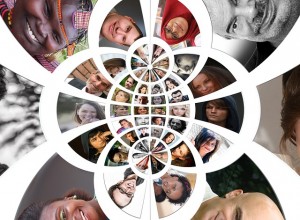 To ensure every organisation has a firm footing in the twenty-first century, we need to ensure that “diversity” is seen as more than a buzzword. True diversity is not just a nod to minorities or a gesture to pacify the political correctness police. It is not merely recommended, but actually required to ensure that organisations are meeting their mandates and serving their purpose as effectively as is possible.
To ensure every organisation has a firm footing in the twenty-first century, we need to ensure that “diversity” is seen as more than a buzzword. True diversity is not just a nod to minorities or a gesture to pacify the political correctness police. It is not merely recommended, but actually required to ensure that organisations are meeting their mandates and serving their purpose as effectively as is possible.
The world’s media took some notice of Canada in recent months when new Prime Minister Justin Trudeau appointed a gender balanced, culturally diverse cabinet. Speculation was that it was a ‘show-pony’ move, and it certainly did look good on camera. The explanation for the groundbreaking appointments, however, was not elaborate. “It’s 2015,” said Trudeau. As each member is an impeccable applicant for their position, it seems they are likely to understand the true priorities, and could represent well the interests of the diverse population of Canada.
Every organisation should be able to say the same of the people that make them up. Those best positioned to have the required knowledge, experience and networks already in place are members of the communities being served. As well as at the worker level, board members need to be recruited through diverse networks, and efforts should be intentionally made to seek out qualified members who can represent various ethnicities and backgrounds, as well as including differently-abled people. If you are catering to a youth market, it would be wise to have youth positions on your board. If you seek to meet the needs of parents, no-one will be able to inform you better of the gaps than people who are parents themselves.
For some organisations, this might mean changing how positions are advertised or filled. Intentionally shifting the balance may be necessary. But representing everyone, not just a portion of your market, will improve how you function and impact how effective your organisation can be.

 Posted on 28,Jan |
Posted on 28,Jan |
 Posted by Anne
Posted by Anne 




There are no comments yet